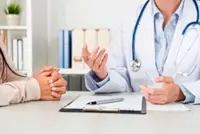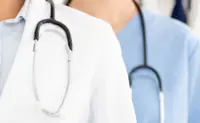Polypharmacy, or the prescription of more than one medication, is one of the situations where the risk of medication harm is high. — TNS
Everyone will, at some point in their lives, take medication to prevent or treat illness.
Medications have changed the human ability to live with disease and generally increased lifespan.





